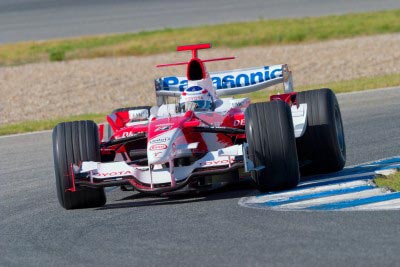Solar Disruption Threat
A solar disruption threat has once again been made headline news in some science circles. It has become a major topic of conversation; so much so that a need has arisen to separate science fiction from science fact in order to see just how much of a threat a solar superstorm might pose
Solar Superstorms
The problem with events that take place in the world of astronomy is that the time space in between events is often too large to scientifically chronicle. Things like tracking the return of comets relies on previous sightings that sometimes took place centuries ago. The question then has to be asked as to how accurate the original information was, and therefore how accurate any extrapolations made from that data might be. The same is also true of solar storms, and in particular solar superstorms. Are they a real bona fide disruption threat, and if so, when might we expect the next one?
The Carrington Event
Scientists believe that solar superstorms only take place once every 100 or 200 years. In actual fact the largest ever superstorm on record was back in 1859. It was called the Carrington event after astrologer Richard Carrington. It was he who observed intense solar activity taking place on the sun’s surface, the effects of which would be felt on the Earth some hours later. Telegraph poles erupted in showers of sparks, as did telegraph machines, electrocuting operators and setting papers alight. All around the world, different coloured auroras were being reported. At the time, many people thought it was the end of the world!
In those days of course electrical engineering was in its infancy. But what effect would that sort of event have today, with our far more advanced and sometimes delicate electrical and electronically engineered infrastructure? Would it be the sort of catastrophic solar disruption threat that has recently been headlined, (perhaps misinterpreted), following the release of a recent report by the Royal Academy of Engineers.
Scaremongering
As with any sort of threat, be it a solar disruption threat or a pandemic disease, there is always a certain amount of scaremongering that takes place, particularly in the popular press. Irresponsible scaremongering can of course lean to panic setting in, and events can be blown out of proportion such as a complete communication blackout, aeroplanes losing GPS positioning and homing signals causing mid air collisions etc. It’s the real stuff that disaster movies are made from. However, when things are put into perspective, and analysed coolly and calmly, things would not be as catastrophic as they have been portrayed.
Canadian National Grid Partial Failure in 2003
One of the major ways in which the solar disruption threat of a solar superstorm would manifest itself, would be to induce more current into the national grid. In theory this would overload the transformers, knocking them out and bringing the grid down. Intense solar activity can also increase the amount of energy produced creating an induction effect which would also result in grid overload and failure. This actually happened on a small scale back in 2003 when the Canadian national grid was partially disabled. But the warning signs were heeded and since then transformer design has been modified and safeguards have been already been introduced into most networks. Here in the UK, the National Grid now forecast that more than 6 out of the 800 super grid transformers across the UK would be disabled.
Satellite Disruption
The other solar disruption threat that has received some publicity is the damage that would be done to satellites orbiting the Earth. Because these satellites operate outside the ionosphere, they would be more susceptible to damage from a major solar event. Situations have been publicised whereby we would lose over 90% of our satellite communication network. But it turns out that this too is a gross exaggeration.
Because satellites are designed to work in outer space, they already have in-built protection from a solar disruption threat. The reality is, according to most space engineering experts, that we might only temporarily lose approximately one out of every 10 satellites – a far cry from the doomsday predictions that some people would have us believe.
To Boldly Prepare……..
So the truth of the matter is that whilst the major solar disruption threat would undoubtedly create some problems for us down here on the Earth, it would not be catastrophic. However between now and the next major solar superstorm, the Royal Academy of Engineering advises that we should be planning ahead. They have proposed the formation of a body to be called the UK Space Weather Board. Its job, to monitor space weather, and to boldly propose the engineering of what no man has engineered before – stronger anti solar disruption threat safeguards!











Recent Comments